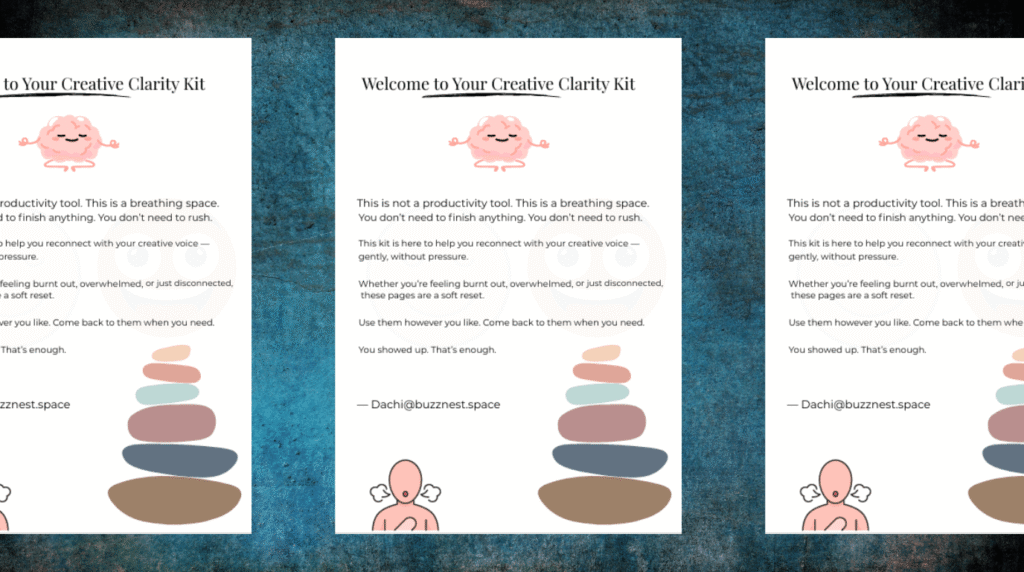Wow these are some solid points ✅
Really helpful post — thanks for laying out those VA pain points so clearly! I especially appreciate the parts about defining roles clearly and setting up SOPs & training. From my experience, even small clarifications (“this is what “done” looks like”) make a huge difference in reducing misunderstandings.
One suggestion: It might be useful to include tips for monitoring progress on tasks without micromanaging — maybe tools, dashboards or periodic reviews. Also would love to know how you recommend balancing feedback (holding accountable) with keeping a VA motivated. Great content overall!
Virtual Assistant Pain Points: How to Overcome Challenges and Boost Performance
Are you struggling with virtual assistant pain points? You’re not alone. Many business owners face frustration when their virtual assistant (VA) isn’t meeting expectations. But often, the problem isn’t the VA—it’s the way tasks, communication, and support are managed.
In this guide, we’ll dive deep into common virtual assistant pain points and how to solve them. By understanding and addressing these issues, you can turn your VA into a reliable partner who drives your business forward.
1. Unclear Role and Undefined Expectations
Pain: One of the most frequent virtual assistant pain points is unclear roles. When VAs get vague tasks like “help with marketing,” they don’t know where to focus. This leads to confusion and underperformance.
Solution: Define the VA’s role clearly. Write down detailed weekly tasks and what “done” means for each. Use tools like Asana or Trello to assign and prioritize tasks.
For example, instead of “manage social media,” say “schedule 12 Instagram posts per month” and “respond to comments within 24 hours.” This clarity improves accountability and results.
2. Lack of Proper Training and Resources
Pain: VAs often feel lost without proper training or access to tools. It’s like being asked to bake a cake without a recipe or ingredients. This can cause mistakes and delays.
Solution: Invest time in training. Create simple Standard Operating Procedures (SOPs) for common tasks, using written checklists or videos with Loom. Show exactly how you want things done.
Make sure your VA has access to all necessary tools—use password managers like LastPass to share credentials securely. Provide access to automation tools like Zapier to save time.
This support helps your VA work confidently and efficiently.
3. Communication Barriers and Time Zone Differences
Pain: Remote work requires clear communication, but many VAs and employers struggle here. Misunderstandings, missed deadlines, and frustration often result from poor communication, especially when time zones differ.
Solution: Establish clear communication routines:
- Daily updates via Slack, email, or WhatsApp.
- Weekly 15-minute video calls to review progress and plan ahead.
- Use Loom videos to explain complex tasks quickly instead of long emails.
Agree on expected response times considering your VA’s time zone. Tools like World Time Buddy make scheduling easier.
Good communication reduces errors and builds trust.
Funnels. Emails. Courses. All-in-one & Free Forever — No tech headaches.
Start Free
4. Feeling Undervalued and Lack of Feedback
Pain: VAs working remotely can feel isolated if they don’t receive regular feedback or appreciation. This lowers motivation and quality of work.
Solution: Recognize good work often. Simple thank-you messages or positive notes in meetings help your VA feel valued.
Give constructive feedback privately, focusing on growth and solutions. Platforms like 15Five help track feedback and progress regularly.
This encourages engagement and loyalty.
5. Overwhelming or Misaligned Workloads
Pain: Assigning too many tasks or work outside your VA’s skills causes burnout and poor results.
Solution: Prioritize tasks with clear Key Performance Indicators (KPIs), such as “respond to all client emails within 24 hours” or “prepare weekly reports by Friday.”
Match workloads to your VA’s skills and capacity. Adjust tasks regularly and provide training if needed.
Focused, manageable work leads to better outcomes.
Additional Virtual Assistant Pain Points
Besides the main issues, VAs may also face technical difficulties like slow internet, unclear payment terms, or lack of career growth opportunities.
Ensure your VA has stable internet and clear contracts. Pay on time and discuss future development or bonuses when possible. This keeps them motivated and reliable.
Frequently Asked Questions (FAQs)
Q: How long should I wait to see my VA perform well?
A: Typically, with clear instructions and KPIs, you’ll see improvements in 4 to 6 weeks.
Q: What if my VA keeps making the same mistakes?
A: Review your SOPs together, and clarify expectations with Loom videos. Persistent issues may mean a skills mismatch.
Q: Should I hire an agency instead of a solo VA?
A: Agencies offer backup support and wider skills but cost more. Solo VAs provide flexibility and personal attention but require closer management.
Conclusion: How to Tackle Virtual Assistant Pain Points Effectively
Virtual assistant pain points are normal but fixable. Most problems come from unclear expectations, poor communication, or lack of training—not your VA’s fault.
By clarifying roles, setting KPIs, improving communication, and investing in your VA’s growth, you can build a strong partnership. This saves you time, reduces stress, and helps your business grow.
Recommended for You:
Read next:
- 7 Crucial Vetting Virtual Assistant Questions to Avoid Bad Hires in 2025
- Scaling VA Business: 7 Essential Mistakes to Avoid in 2025 (Proven Strategies)
Funnels. Emails. Courses. All-in-one & Free Forever — No tech headaches.
Start Free



Really helpful post — thanks for laying out those VA pain points so clearly! I especially appreciate the parts about defining roles clearly and setting up SOPs & training. From my experience, even small clarifications (“this is what “done” looks like”) make a huge difference in reducing misunderstandings.
One suggestion: It might be useful to include tips for monitoring progress on tasks without micromanaging — maybe tools, dashboards or periodic reviews. Also would love to know how you recommend balancing feedback (holding accountable) with keeping a VA motivated. Great content overall!
Thank you so much for your kind words and thoughtful feedback! I’m really glad the post resonated with you, especially the points about role clarity and SOPs. You’re absolutely right: even small clarifications like defining what “done” looks like can have a big impact on alignment and productivity.
Great suggestion on including tips for monitoring progress without veering into micromanagement. Tools like ClickUp, Trello, or Asana (with shared dashboards) can help create visibility without being overbearing, and setting up regular check-ins or milestone reviews is a good middle ground. I’ll definitely consider expanding on that in a future post — same with the accountability/motivation balance, which is such a key challenge.
Really appreciate you taking the time to share your insights!
Those are some solid points ha
Thank you so much, i really appreciate your interest in this post
Absolutely TJ
Thank you for the comment